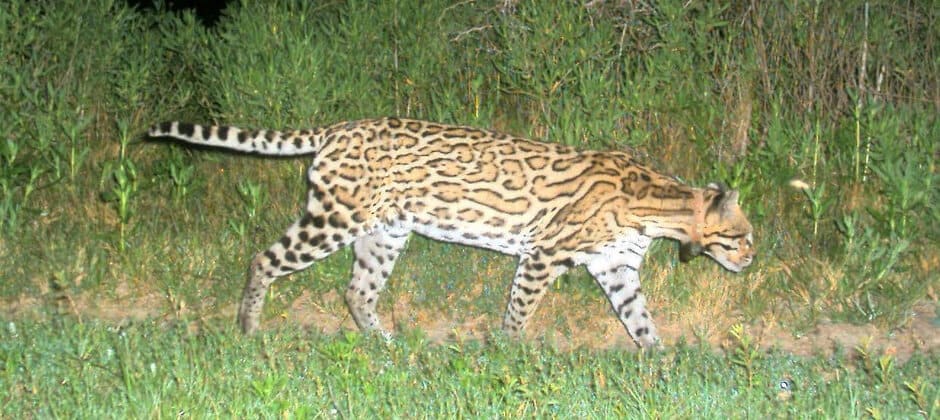Share this article
Advocacy group challenges hunting, fishing on refuges
The Center for Biological Diversity challenged the U.S. Fish and Wildlife Service’s 2020 decision to expand hunting and fishing on 2.3 million acres across 147 National Wildlife Refuges and National Fish Hatcheries System units. The group pointed to the harm lead ammunition and tackle could impose on wildlife there in a lawsuit last week.
The National Wildlife Refuge System Improvement Act of 1997 set out management principles for the refuge system and outlined the six principal uses of refuges: hunting, fishing, wildlife watching, photography, environmental education and interpretation.
The lawsuit argues that expanding hunting on refuges increases the use of lead ammunition and tackle, thereby possibly harming threatened and endangered species living on those refuges, eight of which had previously been closed to hunting and sport fishing. It specifically cites several refuges where the plaintiffs allege that lead ammunition or tackle could harm endangered species. It also cites that increased hunting and fishing would increase traffic on refuges’ roads and noise within the refuges.
Lead ammunition has been banned for use in waterfowl hunting since 1991. Its use in other types of hunting and for target and sport shooting has been a topic of considerable debate in recent years.
In early 2017, then-director of the U.S. Fish and Wildlife Service, Dan Ashe issued an order requiring the use of nontoxic ammunition and fishing tackle to the fullest extent practicable for all activities on Service lands, waters and facilities by January 2022. He cited the “risk to upland or terrestrial migratory birds and other species that ingest spent shot directly from the ground or as a result of predating or scavenging carcasses that have been killed with lead ammunition.”
The Wildlife Society expressed support for intent of the 2017 order to phase out lead on refuges, but also requested additional coordination with stakeholder groups in the implementation process. The order received mixed reviews from other conservation stakeholders, and it was rescinded by then-Interior Secretary Ryan Zinke in March 2017, shortly after the new administration took office. Attempts have been made in recent years to legislatively ban the use of lead ammunition and tackle on refuges.
The Wildlife Society recently held a symposium at their 2021 conference on “Understanding the Biological, Social, and Economic Aspects of Lead Ammunition on Wildlife Populations and Wildlife Management.” The session compiled available information on population-level effects of lead ammunition on wildlife and perspectives on the factors affecting the adoption of non-lead ammunition by hunters, industry and wildlife agencies.
More recently, in August, the Biden administration announced it would once again expand hunting or fishing on refuges, allowing those activities on a total of 2.1 million acres on other refuges, including at seven refuges that had never before been open to hunting or fishing. That action is not being challenged in the lawsuit.
The National Wildlife Refuge System consists of a network of 568 national wildlife refuges and 38 wetland management districts. The Wildlife Society regularly advocates for adequate funding for the operations and maintenance of refuges as part of the Cooperative Alliance for Refuge Enhancement. The Society is encouraging Congress to provide $600 million for the refuge system in Fiscal Year 2022, with the goal of increasing funding over the coming years to $900 million.
Header Image: Endangered ocelots (Leopardus pardalis) at Laguna Atascosa National Wildlife Refuge are one of the examples given in the lawsuit of species that could suffer harm due to increased hunting and fishing. Credit: USFWS








